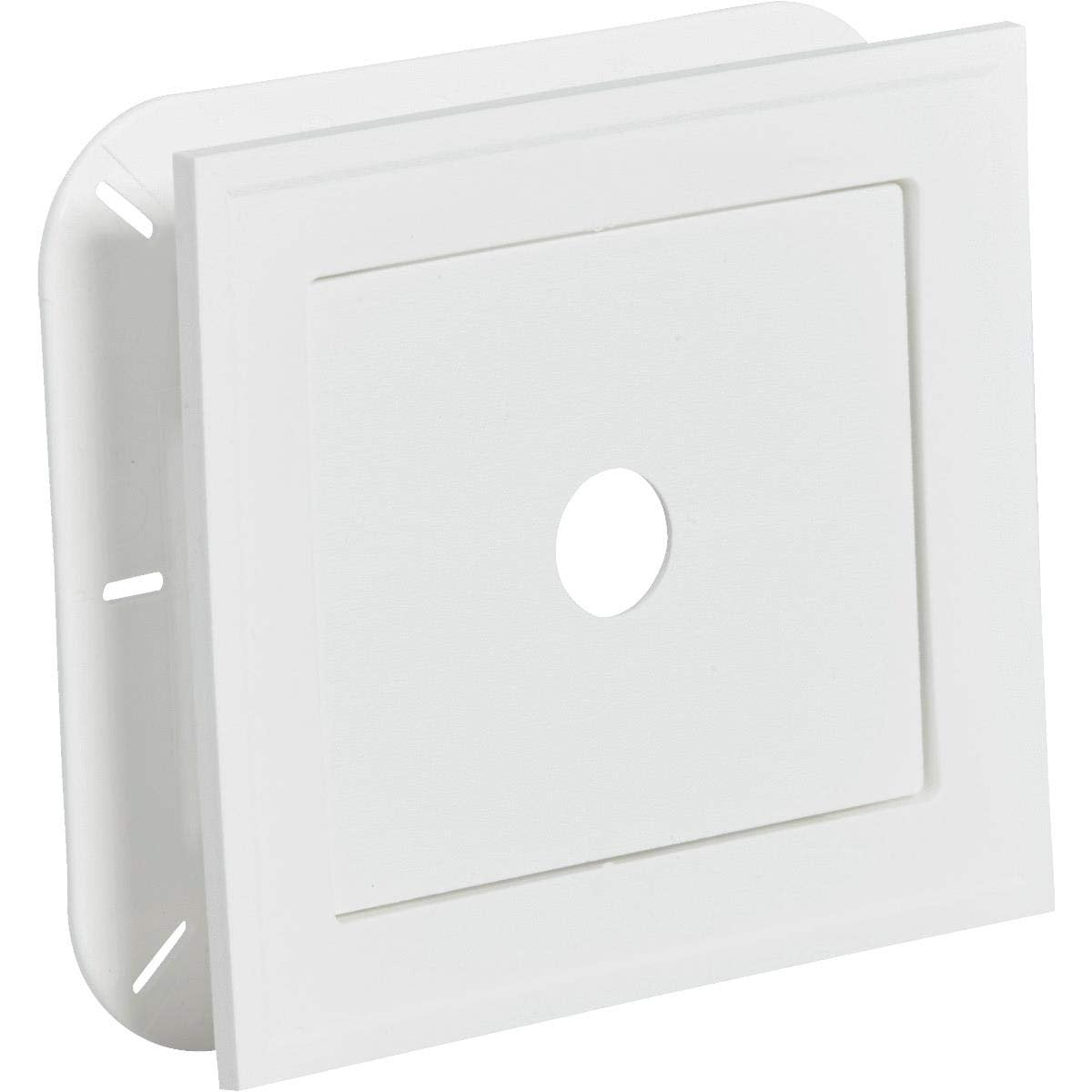

In medium-dense to loose soils, ground screws can be driven directly into the ground.
#Semulov block mounts install#
To install a ground screw in dense soils, contractors core a pilot hole, set the screw inside and drive the mount into the ground using a rotary hydraulic drive or proprietary machinery.

Turnkey solar-racking company TerraSmart fabricates and installs ground screws of varying sizes to adapt to different soil types. The ground screw’s difference in design lies in its threaded end that leads to a point, much like in carpenter screws. Ground screws work similarly to helical piles, also creating a cone of soil that resists upward tension. a helical almost has identical characteristics on every site,” Von Deylen said. “Other foundations could not work, but the helical with the flanges works perfectly for those…because a driven pile is going to have very different characteristics on almost every site vs.

Helical piles will embed at shorter depths in soft and sandy soils compared to I-beams. With a smaller surface area, helical piles will embed with minimal soil disturbance. The design of helical piles makes them ideal for sandy, black or clay soils, as well as areas with high water tables, where piles require greater depths for embedment. APA Solar Racking carries a helical anchor with replaceable helixes in various lengths to adapt to different ground conditions. Helical piles are installed by digging an initial guiding hole and using a skid steer with a rotating attachment to spin the mount into place.

Once driven the proper depth, the helix portion of the anchor will resist being pulled out by creating a cone of soil above it. Helical piles are cylindrical posts with, as the name suggests, a helix that’s two or more inches wide, mounted or attached near the bottom of the post. I-beams come with a higher price tag than some smaller post mounts, but are ideal for larger-scale systems, Von Deylen said, because they have stronger load bearing and require fewer penetrations per rack compared to helical anchors or ground screws. Installers make up that money by installing more beams, which is why a pile-based solar installation doesn’t make sense on small projects. Pile testing is required to determine the correct depth, a process that can be expensive. “It can work in any soil condition, and it just depends on mechanical properties of that soil for the friction of how deep that pile has to go,” said Josh Von Deylen, CEO of APA Solar Racking. Higher water tables can reduce friction and require a pile to be driven deeper than usual. The soil’s friction keeps the piles in place.įor I-beams in sandy soil, embedment depth is based on grain size. Beams can be mounted in clay, black and sandy soils, and work best when the site is rock-free. Racking is then attached to the exposed beam. I-beams, H-beams or C-channels are installed using a piledriver that pushes them directly into the earth. They are also the most common ground-mount option for solar systems. Growl support provides onscreen confirmation whenever a volume is mounted or ejected.I-beams are a common component across the field of construction, used as structural supports in horizontal and vertical applications in buildings. For example, it can display, next to its menu-bar icon, the number of mounted volumes, and you can choose to prevent the startup disk and internal hard drives from appearing in the menu. Semulov also provides a number of display options. (There’s a useful option to prevent internal drives from being unmounted and, of course, Semulov never tries to unmount the startup disk.) (Semulov conveniently groups items by type.) Choose a volume from the menu and it’s immediately ejected/unmounted, or choose the Eject All command to quickly eject all mounted volumes. Semulov- volumes spelled backwards, in case you missed it-adds an eject icon to your menu bar click on this icon to view a menu of all currently-mounted volumes-hard drives, flash drives, CDs, DVDs, network volumes, iPods, disk images…anything that can be mounted and ejected in the Finder.
#Semulov block mounts free#
I found it in Kevin Wojniak’s free Semulov 1.3 ( ). This is admittedly a minor problem, but one that led me to look for a more-convenient solution for ejecting volumes.


 0 kommentar(er)
0 kommentar(er)
